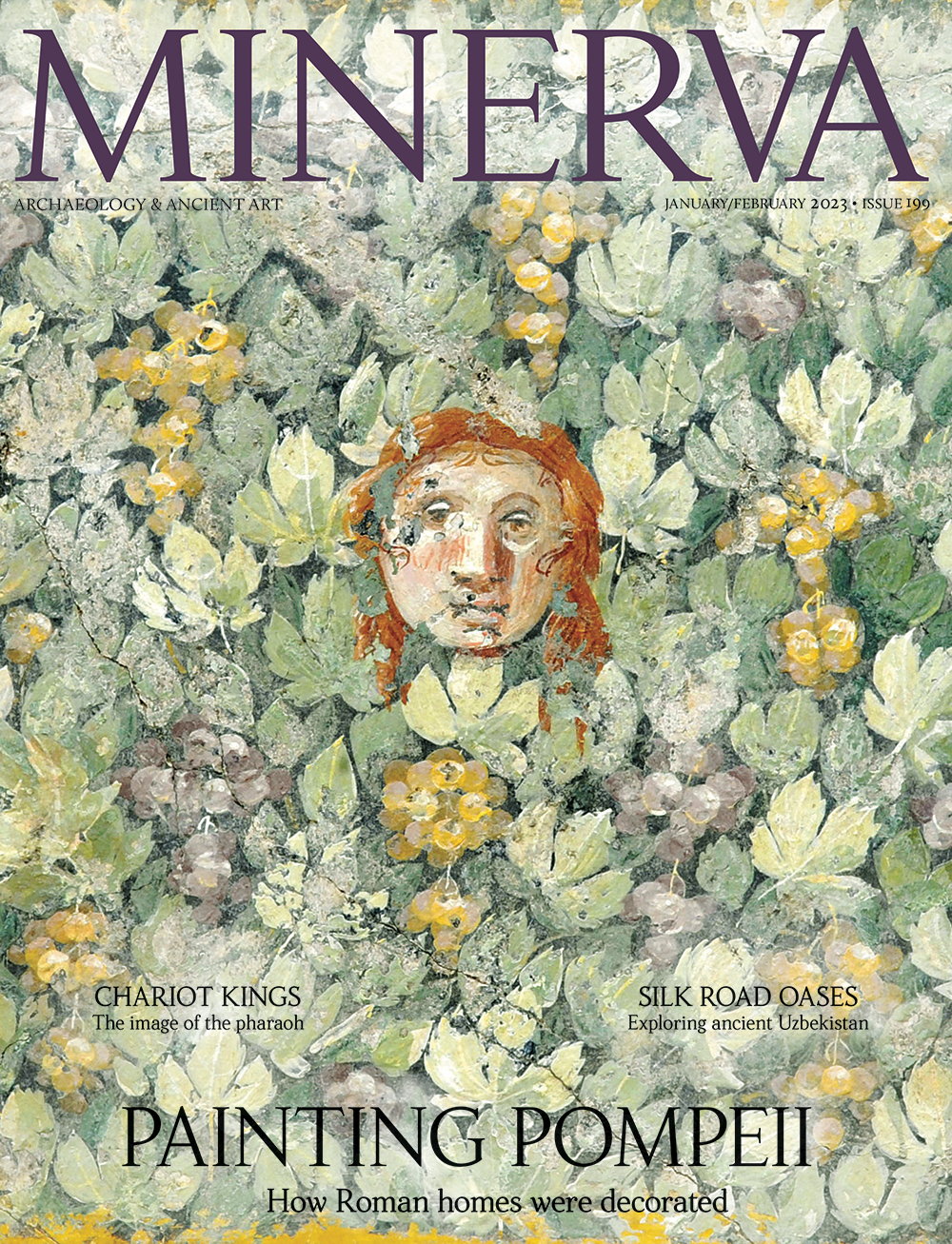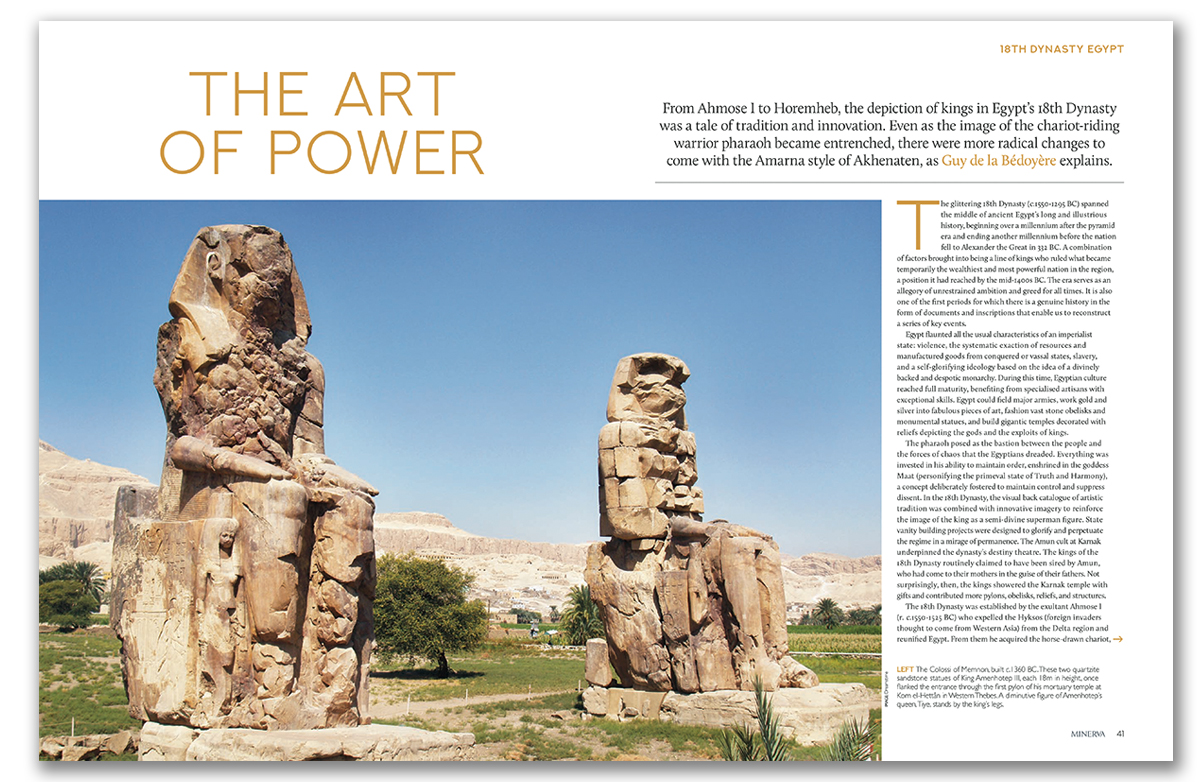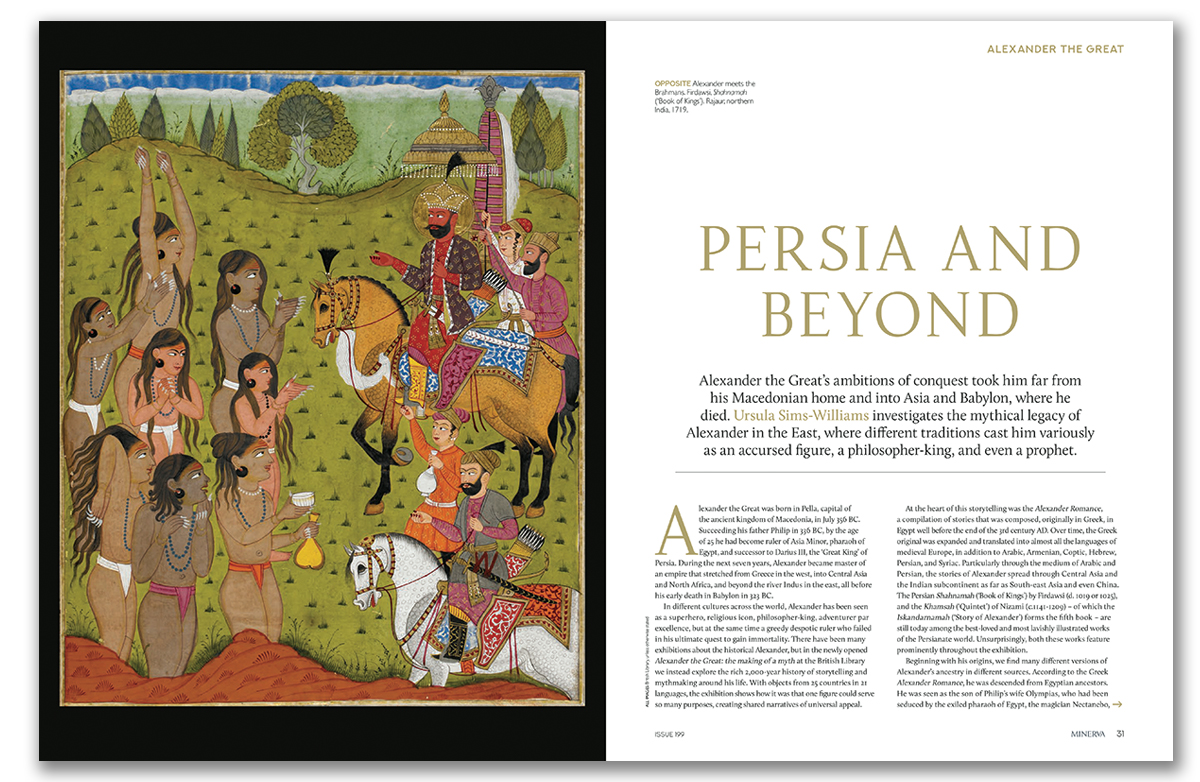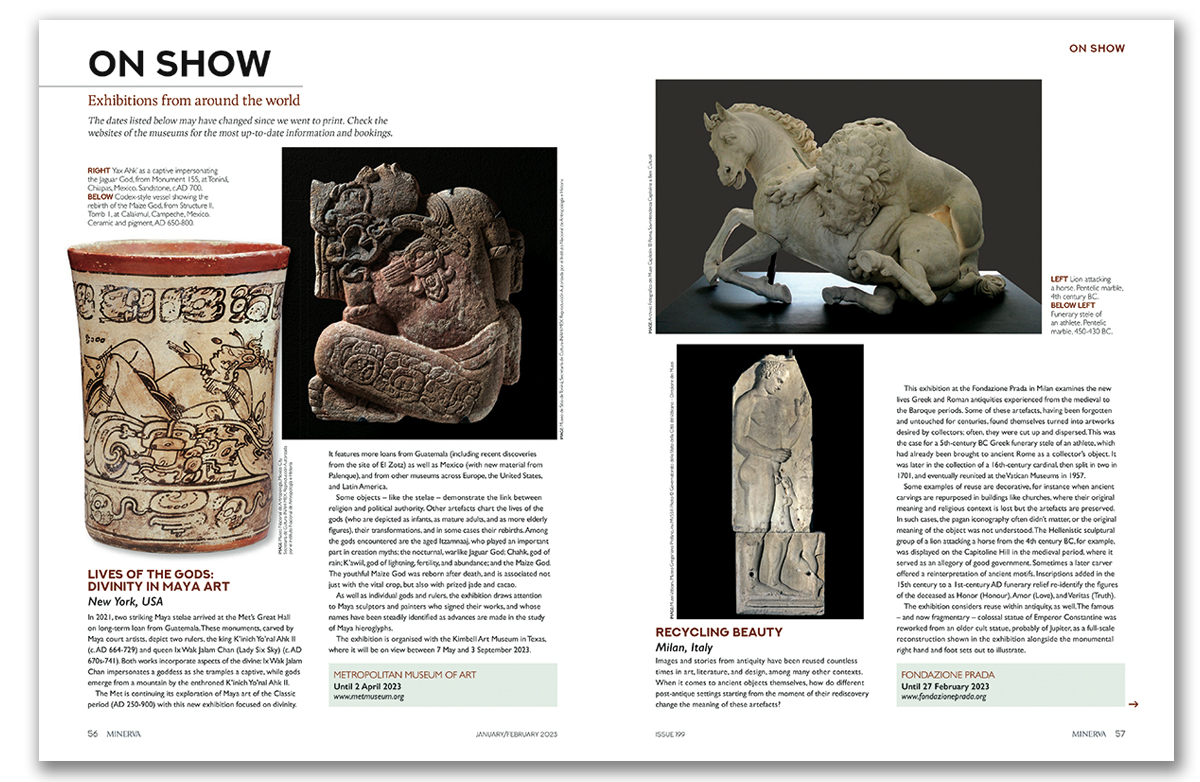The eruption of Mount Vesuvius in AD 79 buried the Roman cities of Pompeii and Herculaneum and villas in the surrounding countryside, but the catastrophe also preserved many delicate frescoes that covered the walls of private and public buildings, which are still being unearthed today. As these ancient buildings were rediscovered from the 18th century, some fine frescoes were cut from the walls and transported to Bourbon palaces, where they were framed. Research into Roman painting continues to reveal details about how they were made and the workshops behind them, as Dalu Jones finds out.
One opulent red fresco from Boscoreale, near Pompeii, has been interpreted as an allegory of Alexander the Great’s conquest of Asia. The region of Bactria in Central Asia, covering parts of Afghanistan, Uzbekistan, and Tajikistan, was among the territories that fell to the Macedonian king. Hellenism in the wake of Alexander was just one of many cultural forces that shaped the ancient oasis cities there and in other parts of what is now Uzbekistan. Iranian, Indian, and Chinese culture all had an impact on these cities, as can be seen in some of the murals and sculpture on view in a new exhibition at the Louvre.
The legacy of Alexander in the East is the subject of our next feature, in which Ursula Sims-Williams guides us through the sumptuous manuscripts that reveal different attitudes towards the ancient conqueror. For some, he was an accursed figure who eliminated Zoroastrianism from Iran, while for others he was a philosopher-king devoted to the quest of knowledge, particularly concerning the origins of creation.
Egyptian art also shows the influence of other cultures, especially with the introduction of the horse-drawn chariot from the Hyksos under the first pharaoh of the 18th Dynasty, Ahmose I. The chariot-riding pharaoh was a frequent image of power, as was the image of the warrior king defeating foes, which endured even into the Roman period in Egypt, as Guy de la Bédoyère writes.
Finally, we explore the work of Henry Fuseli, who brought a flair for the dramatic to his paintings of myths and his drawings of his fantastically coiffured wife.







